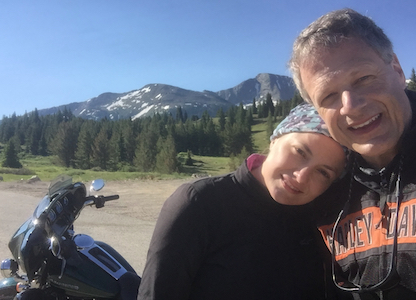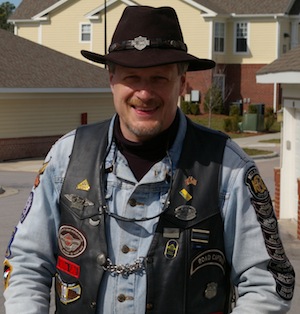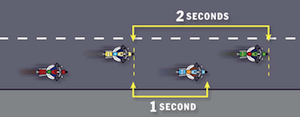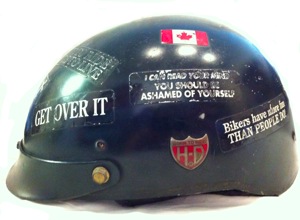The Motorcycle Riders Foundation (mrf.org)

I was at the Sheraton Imperial Hotel in Research Triangle Park last week for the monthly North Carolina Chapter, Project Management Institute (PMI) meeting. I meet colleagues in the bar before the meetings for a little alcoholic lubricant and the bar area is usually quiet and sparsely populated. Not so last Thursday, September 20. The place was full of bikers, many with their spouses and significant others. I was really curious as to who they were and why they were there. I introduced myself to a fellow sitting alone at a table and he explained that he was there for the Meeting of the Minds conference sponsored by the Motorcycle Riders Foundation (MRF). I confessed that I had never heard of the Motorcycle Riders Foundation. He enthusiastically explained to me that they are an umbrella organization that fights for the rights of motorcyclists across the U.S.
Members of various chapters of A.B.A.T.E. and the Concerned Bikers Association (CBA) and other organizations attended the Meeting of the Minds (MOTM) conference over several days. The fellow I spoke with had a binder full of information that each of the attendees received and the group looked very organized. I was impressed. It's time for me to do some homework and get educated about this group.
Check out this great web site for information about various motorcycle organizations: http://www.rcvsmc.net/index.html

 Michael A. Uhl
Michael A. Uhl

